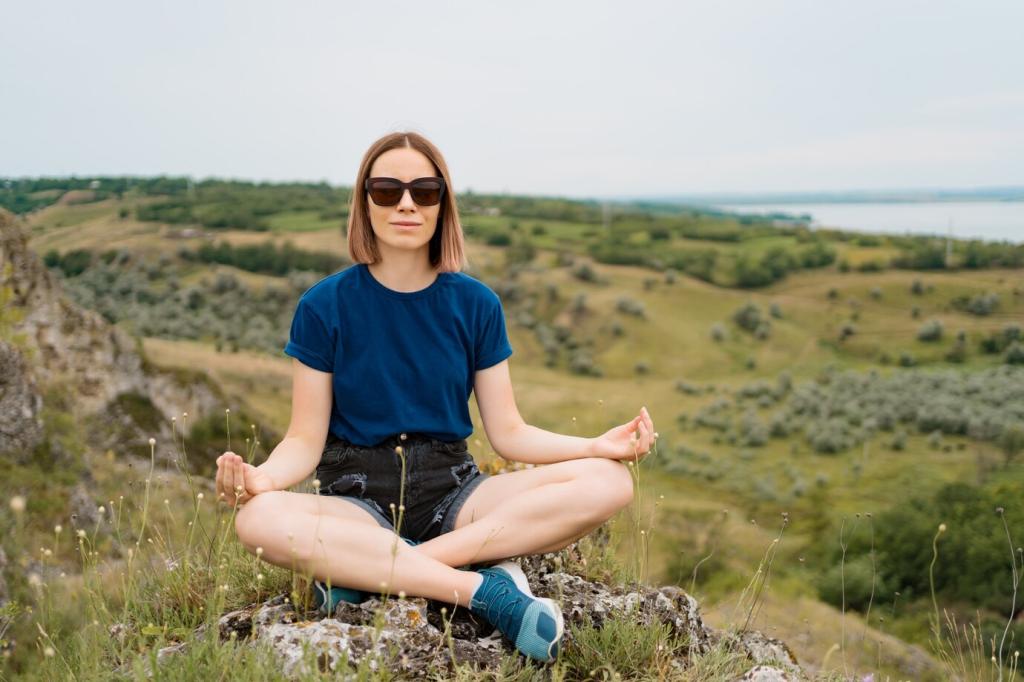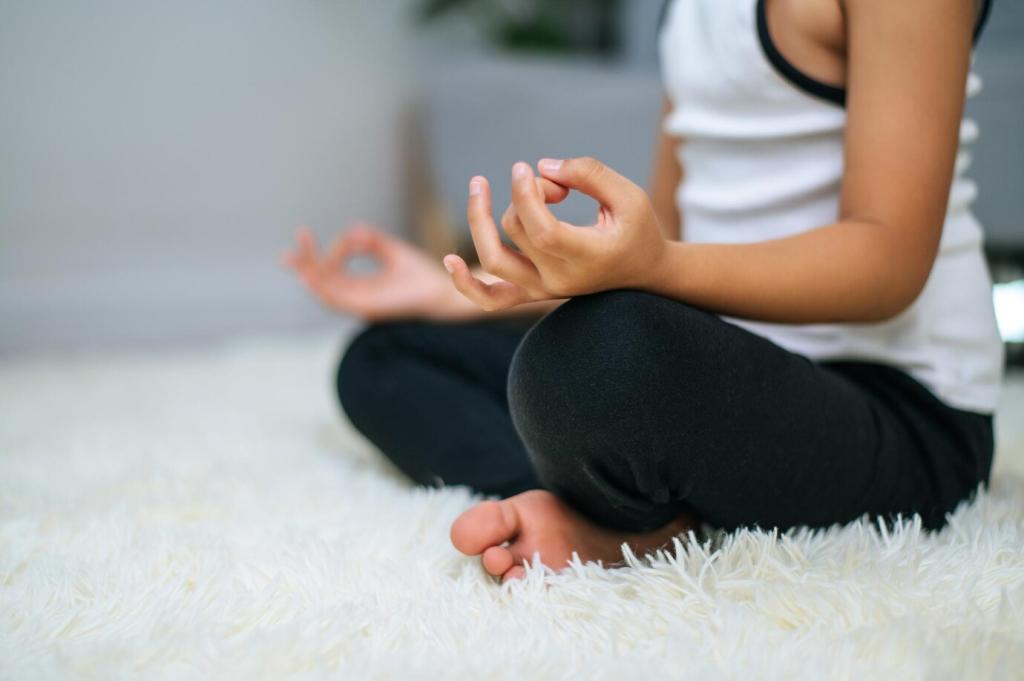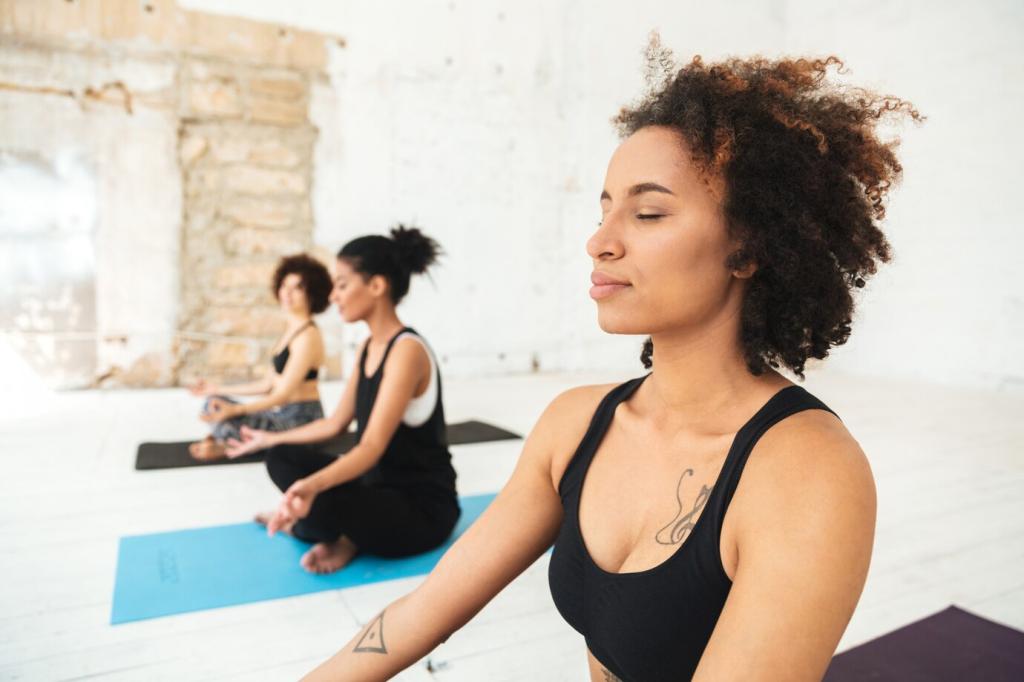Handling Restlessness, Sleepiness, and Boredom
Try three mindful breaths while standing, or do one minute of slow shoulder rolls. Reset posture, soften the jaw, and shorten your session slightly. Movement channels excess energy so returning to stillness becomes kinder.
Handling Restlessness, Sleepiness, and Boredom
Open your eyes, sit taller, and try a cooler room or morning practice. Shift to mindful walking for five minutes. Sleepiness is common; respond with interest, not blame, and notice what times of day feel naturally alert.









